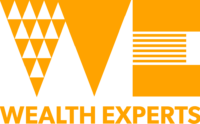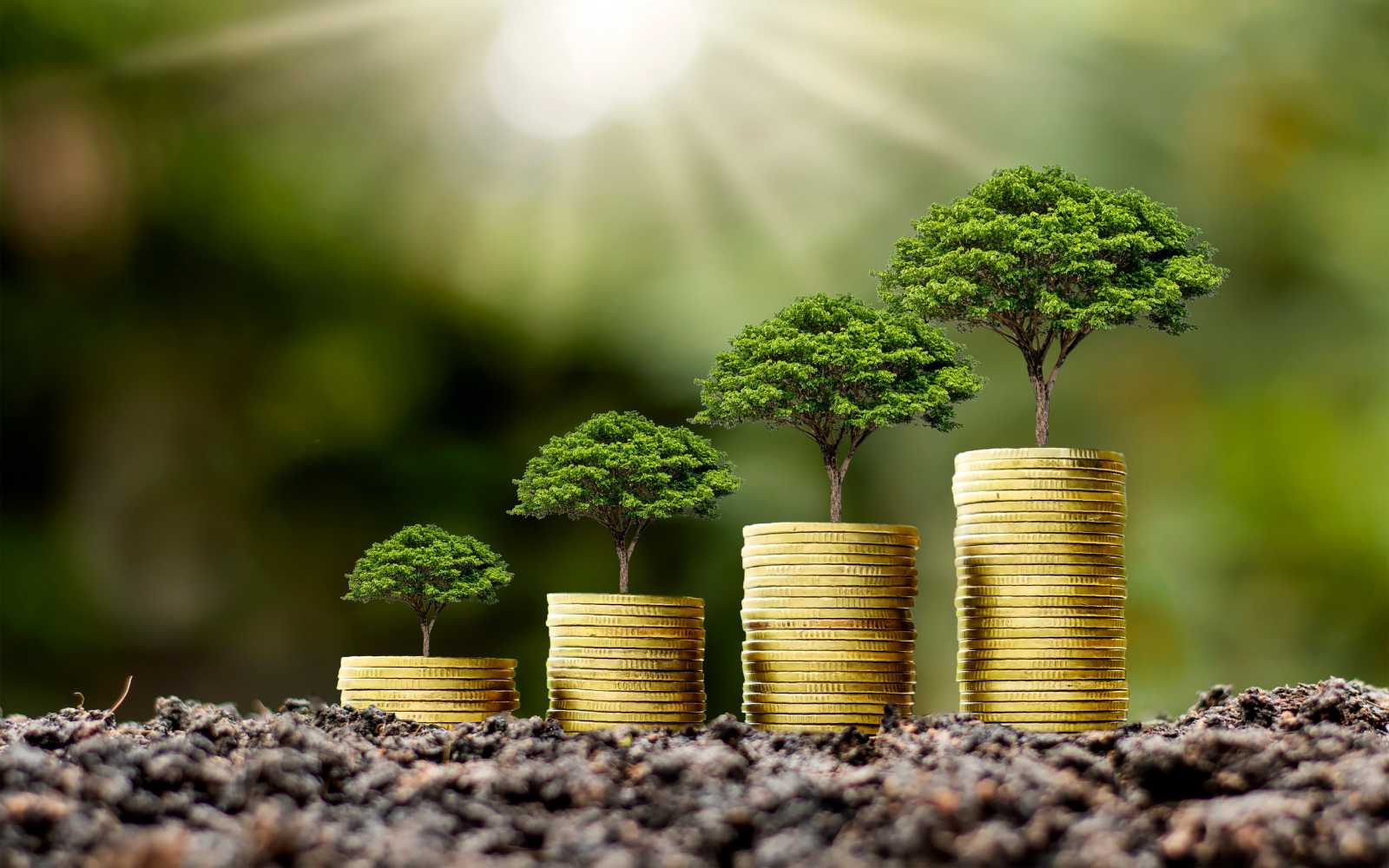
Our approach to more sustainable investing
Climate change, the habitat destruction of palm oil farming, ocean plastic, zero contract hours, child labour and income inequality are amongst the many challenges that we face in the world. Our attention has increasingly been drawn to the issue of ‘sustainability’ by campaigners such as Sir David Attenborough and Greta Thunberg. Most of us – in our heart of hearts – know that the human race is doing a pretty poor job at present of balancing the claims of the present on the world and its resources against the claims of future generations.
It is not an easy balance to get right. Rapid economic growth in the emerging economies over the past couple of decades – for example – has had a major positive impact on its people, raising two billion people out of abject poverty and halving infant mortality1. This has been driven by capitalism, sometimes in an extreme and uncontrolled form, with material consequences for the environment and wider stakeholders, not least employees. Abuses in many forms lie beneath the surface in child and slave labour, corruption, pollution, habitat destruction and a loss of biodiversity.
Figure 1: Real, important and in some cases urgent challenges face the world
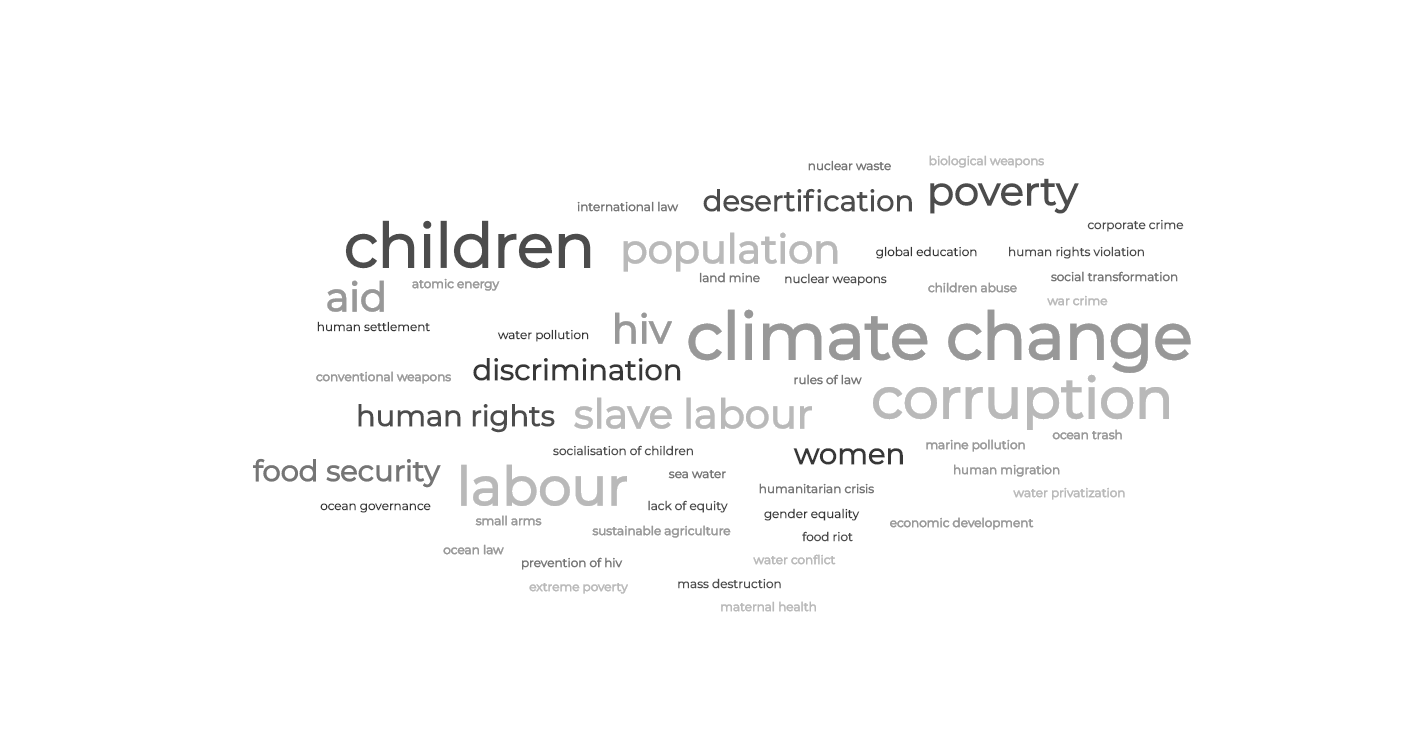
We can either respond to these challenges and become part of the solution or bury our heads in the sand. They will not go away. Many people have already made changes that affect their daily lives that can and will make small yet meaningful differences. These range from running more fuel-efficient cars to buying more locally produced product and avoiding companies with poor records on employment. One area that has largely been ignored, both by families and the investment management industry – until recently – is the opportunity to improve the ‘sustainability’ of their investment portfolios and the companies they own within them.
Figure 2: Being part of the solution
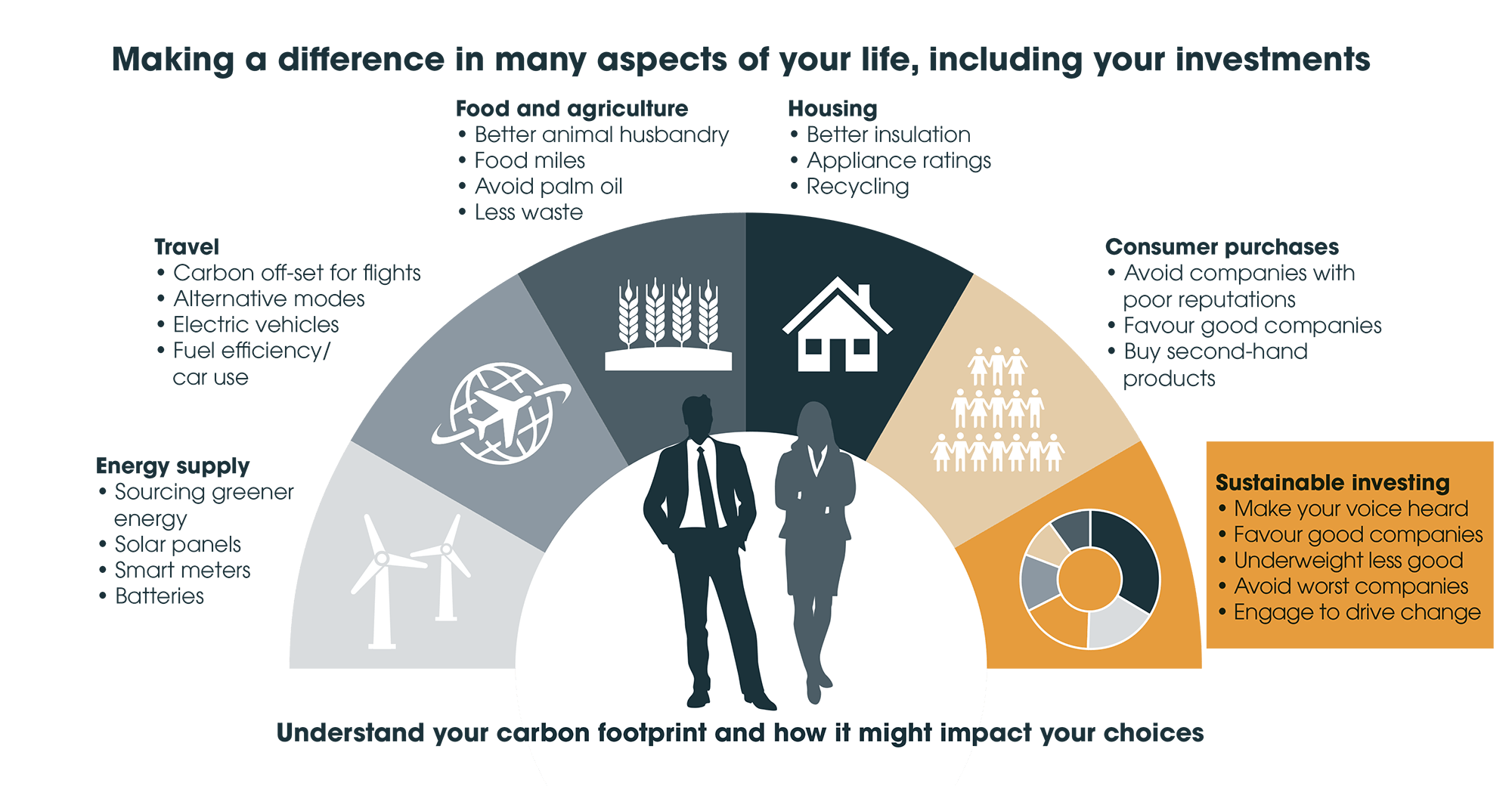
The term ‘sustainability’ is bandied around as if everyone knows what it means. In essence it means making the world a better place by coming together and defining a more balanced use of the natural resources available, tackling the issue of climate change and the knock on effect that this will have on desertification, economic migration and the impact on the ecosystems of the world. It also means building a fairer society, where there is less income inequality, employees get treated fairly and that corporate governance improves the level of corporate responsibility in the drive for profits. The UN has established 17 sustainable development goals, which few would disagree with.
Figure 3: What is sustainability?
Sustainability can cover a range of topics including: –
- No Poverty
- Zero Hunger
- Good Health and Well-being
- Quality Education
- Gender Equality
- Clean Water and Sanitation
- Affordable and Clean Energy
- Decent Work and Economic Growth
- Industry, Innovation and Infrastructure
- Reduced Inequalities
- Sustainable Cities and Communities
- Responsible Consumption and Production
- Climate Action
- Life Below Water
- Life on Land
- Peace, Justice and Strong Institutions
- Partnership for the Goals
Incorporating sustainability into an investment portfolio implies that information is available on companies operating around the world that reflect their true business practices and plans to improve their sustainability over time. Ideally these data would be rigorous, standardised and a truthful reflection of how the company thinks and operates. Unfortunately, there is still a big gap between perfect data and reality. Yet pursuing the perfect should not be an impediment to making a start. The data are improving, and companies are being driven by investors to deliver clearer and more timely insight. That can only be a good thing. The investment industry tends to talk about ESG metrics, which stand for environmental, social and governance issues faced by companies. These data can be used to inform the investment decisions that fund managers make in structuring the products they offer investors.
Figure 4: Incorporating sustainability in an investment portfolio using ESG metrics

In real life, we make trade-offs around the choices we face when it comes to improving the sustainability of our lifestyles. Take for example the issue of recycling. Most people rightly make an effort to recycle their household waste, sorting plastics and paper into their green recycling bin and wheeling the bin out for collection on a Sunday night. Yet we are still prepared to jump into our diesel or petrol-driven cars and head off on our long-haul holidays. We balance out these trade-offs and live with them.
Figure 5: Understanding the trade-offs we all face

In the same way, we face trade-offs when it comes to structuring an investment portfolio. If we start from the premise that most investors own a portfolio to grow or protect wealth and create a source of current or future income, then the returns that that portfolio delivers are very important. Our traditionally structured portfolios are structed to deliver diversified, broad market returns, derived from risks that we are comfortable in taking because we understand what they are, and the likely characteristics they will deliver over time.
For investors who really want to be fully true to their deeply-held values and to see tangible and directly measurable impacts from how their money is invested, they will need to trade-off issues such as concentration risks – in securities/projects and sectors – and liquidity and exit risks against high levels of uncertainty about the financial returns they will receive, with the base case being a hope of return of capital. We would call this ‘impact’ investing.
For others, making sure they receive broad capital market returns in return for taking on broad market risks in order to achieve their financial and lifestyle goals is important. If that can be achieved in a more sustainable way, all the better. To do so requires some pragmatic trade-offs, such as maintaining sector weightings in the portfolio in line with the market. That would mean owning energy and airline stocks, perhaps in the realisation that, however much we wish it were not so, we still need fuel for our cars, gas to power our power stations and we will still take flights to holiday and business destinations. We call this approach ‘systematic ESG’ investing. This is our preferred route.
In the middle sit ‘thematic’ portfolios – such as those that focus on wind farms and renewable energy – which take on sector specific risks, often via smaller companies and lack broad, or even sector, diversification.
Figure 6: Understanding the trade-offs in a portfolio

In practice, ESG credentials, on a firm-by-firm basis, can be used to make judgements on companies, which can be reflected in the makeup of portfolios. Some firms e.g. in the oil and gas sector, have set out a strong vision for the future direction of the company and its transition to a carbon-neutral future and are leading investors and innovators in renewable energy. Better firms reduce the risks associated with their business and treat their broad stakeholders more equitably. Others in the sector lag materially. In a systematic ESG portfolio, the former are favoured through overweighting their holdings and the latter underweighted.
Figure 7: Overweighting best-in-class companies
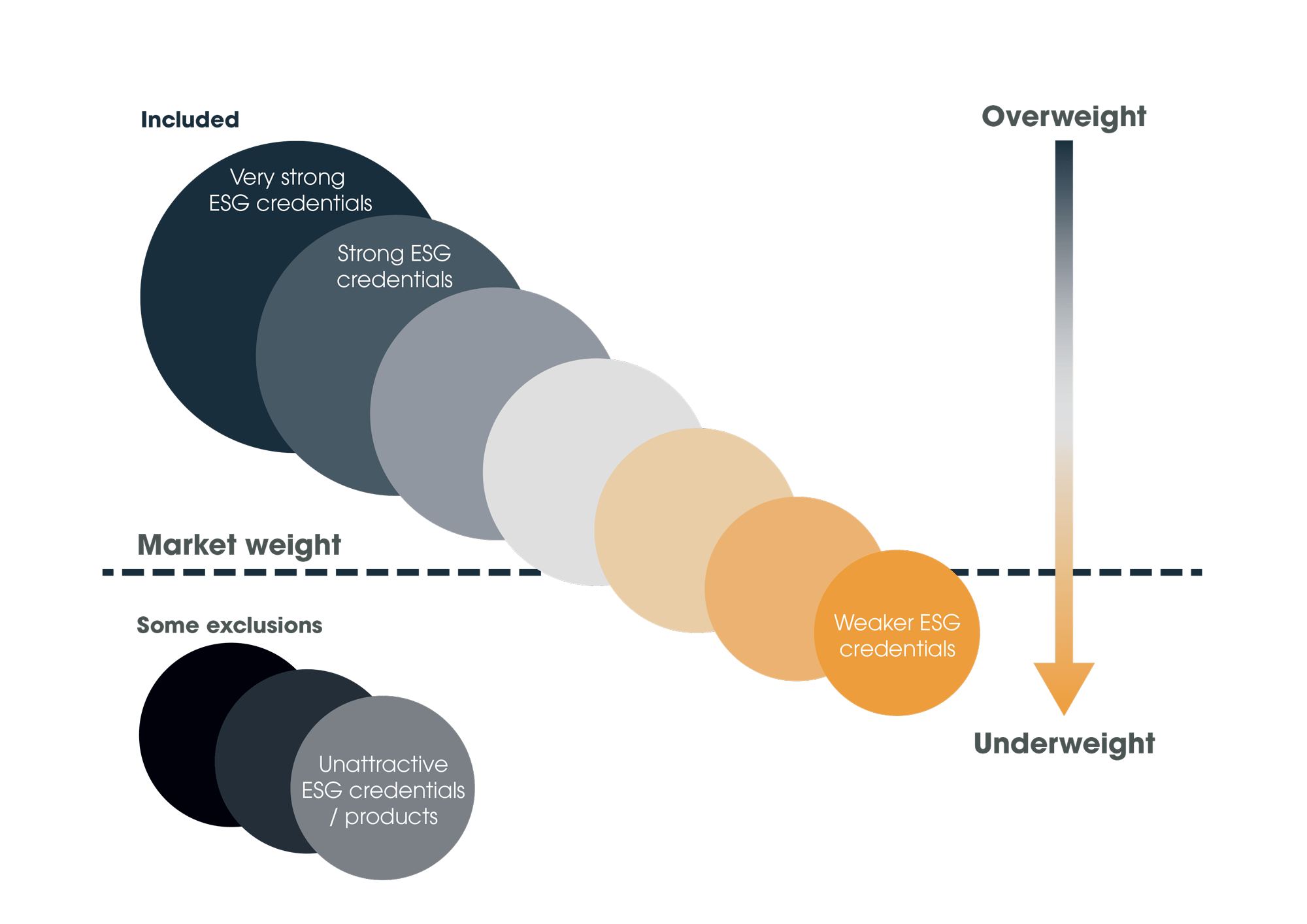
In many cases, some of the worst ESG firms – such as those producing cluster munitions – will be excluded. Likewise, some of the worst CO2 emitters might be excluded. This is strategy specific at the fund level and needs to be taken into account when constructing portfolios.
At present, there are high-quality systematic ESG funds available in global and emerging equity markets. Other asset classes tend to have limited quality products available, but the good news is that there is considerable product development happening and regular new launches of products. Wearing our risk manager’s hat, we will only introduce a fund when it meets our threshold for inclusion. Where we can’t yet find a suitable product, the traditional fund will be used to make the allocation, until it can safely be replaced.
Figure 8: Taking those first steps
Moving to a more sustainable approach to investing is a journey to be taken in small, careful steps. Over time, corporate ESG data should improve, becoming deeper and wider in scope and coverage, along with the ability to measure the impact more insightfully. New product development in the systematic ESG space is growing exponentially and the quality and availability of these products will also continue to grow. It an exciting time for investors who want to make a difference. It may be a long road, but the destination should be worth it.
Figure 9: The destination is worth it
Better Products
- Wider choices
- Better market index construction
- Covering all asset classes
Better data and measurement
- Better, more robust ESG metrics from companies
- A more consistent measuring approach
- Greater insight into impact of choices
Today
- Use sensibly structured ESG products where available
- Maintain portfolio risk structure
- Use traditional, non-ESG where no sensible options currently exist
If you ask yourself if you want your (or others’) children and grandchildren to live in a better world which has tackled climate change, reduced pollution on land and in our oceans, helped to abolish child labour and produced a more equitable society, the answer is obvious. For some, using their investment portfolios as one of the many ways in which they can make a small, yet meaningful difference alongside others, then systematic ESG investing may be a choice worth considering.
If you would like to know more about our ‘Steps in the right direction’ portfolios, please feel free to contact us.
Important Notes
This is a purely educational document to discuss some general investment related issues. It does not in any way constitute investment advice or arranging investments. It is for information purposes only; any information contained within them is the opinion of the authors, which can change without notice. All information is based on sources that Albion Strategic Consulting (Albion) believes to be reliable. No responsibility can be accepted for actions taken as a result of reading this document.
